| Structure | Name/CAS No. | Articles |
|---|---|---|
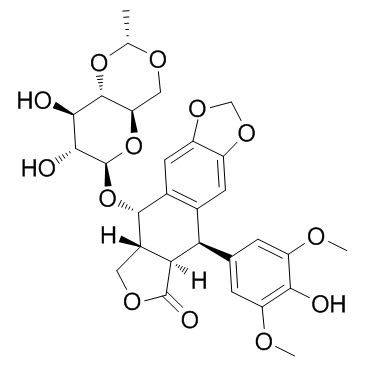 |
Etoposide
CAS:33419-42-0 |
|
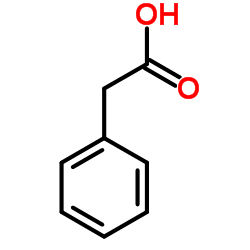 |
Phenylacetic acid
CAS:103-82-2 |
|
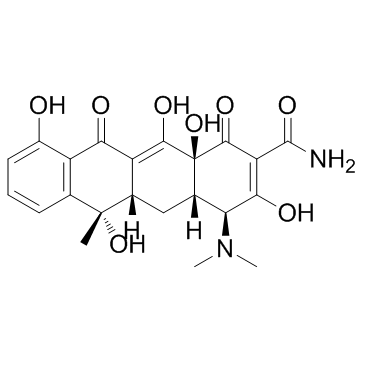 |
Tetracycline
CAS:60-54-8 |
|
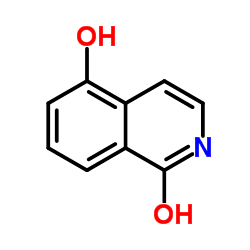 |
1,5-Isoquinolinediol
CAS:5154-02-9 |
|
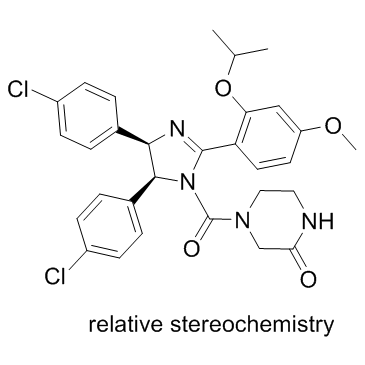 |
Nutlin (3)
CAS:548472-68-0 |